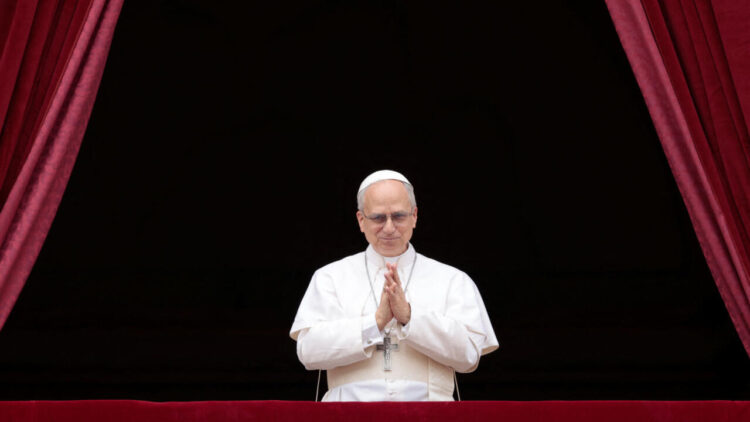The history of humanity is, almost entirely, stored in the Vatican Apostolic Archives, libraries with over 80 kilometres of shelves holding documents that are more than 800 years old… Far from conspiracy theories, these archives contain official documents of the Catholic Church and the Holy See, letters from kings and historical figures, trial records, and much more. Now, with the new Pope, Leo XIV, all the mystery surrounding these documents has resurfaced after he was presented with a chest containing a document titled “UFO”. We’ll tell you everything happening in the Vatican, so you won’t have any doubts!
Why are they called secret?
Careful, secret does not mean “hidden”; they are called that because these documents were only for the Pope’s eyes. Of course, the interpretation of “hidden” or “secret” opened the door to misunderstandings, so Pope Francis changed the name to Vatican Apostolic Archives in 2019 to avoid this kind of speculation.
Who can access these documents?
Unfortunately, they are not public, nor are they a regular library, but accredited researchers can access them under strict security rules.
What is the Vatican’s “UFO file”?
Although talking about extraterrestrials in the context of the Church might seem crazy, the truth is that several scholars claim that Vatican texts contain historical accounts of flying objects, mysterious lights, and beings of non-earthly appearance. This is exactly what Diana Walsh Pasulka, a religious studies scholar from the University of North Carolina, has been investigating.
This professor is one of the most active voices calling for the Vatican’s “Secret Archives” to be opened to the public.
In her book American Cosmic, Pasulka details how, while researching texts on purgatory between the 14th and 19th centuries, she came across mentions of “orbs of light, flames passing through walls, luminous beings, and disk-shaped objects”.
Of course, Pasulka and other experts in the field do not believe these descriptions are merely religious metaphors but testimonies of paranormal phenomena documented by the Church over centuries while “hiding” them.
Sister María de Ágreda and her cosmic journey
Among the most enigmatic episodes is that of Sister María de Ágreda, a 17th-century nun who claimed to have bilocated, that is, to have been in two places at the same time, interesting, uh? She insisted she had visited New Mexico without ever leaving Spain!!
This might sound even stranger to the more sceptical, but indigenous writings from that time describe a “lady in blue” who taught them Christian doctrine long before the arrival of the first missionaries.
Pasulka warns that these writings could “mysteriously” disappear, erasing descriptions of this nun’s mystical journeys.
Why now?
This year marks the Roman Jubilee of 2025, and thousands of pilgrims are expected to gather at St. Peter’s Basilica. Even more so now that we have a new Pope, Leo XIV, who will likely steal the spotlight.
Digitization of the documents
Indeed, though it may seem like an archaic institution, the Vatican has begun digitizing all its documents. However, there is no doubt that these documents will not be made public despite being digitized, and many researchers fear this “UFO” information might disappear “discreetly” hiding records of great historical and mystical value. Will we see the declassification of the UFO archives?
This is the question we’ve been asking for years. Will the new pontiff give in to media pressure and release these documents for the public to read? Maybe yes, maybe no…
What we do know is that publishing them could cause an earthquake within the Catholic religion. What do you think about it? Should those documents be published, or is it essential to keep them hidden?

